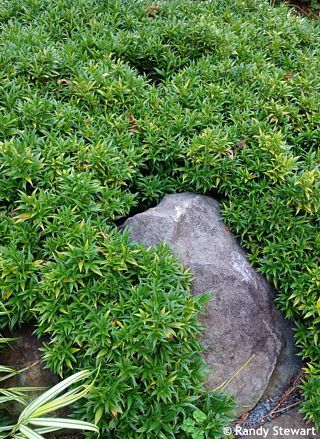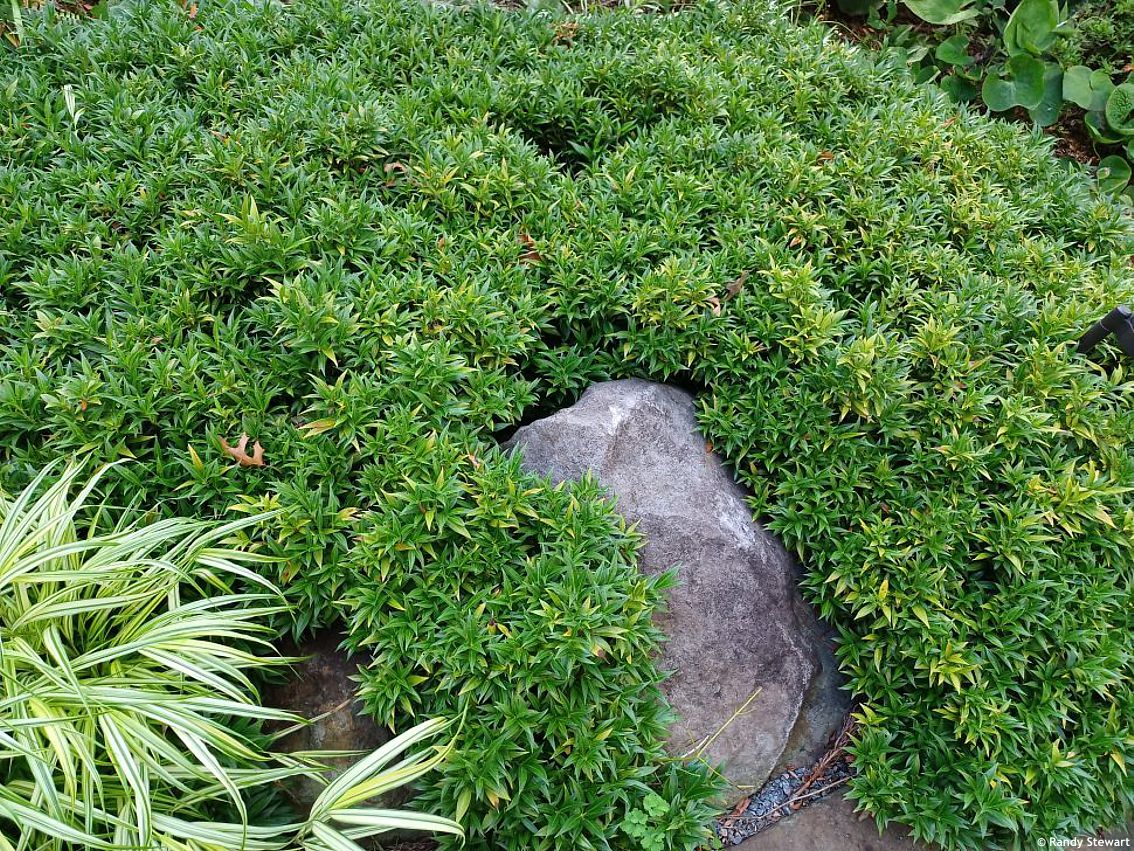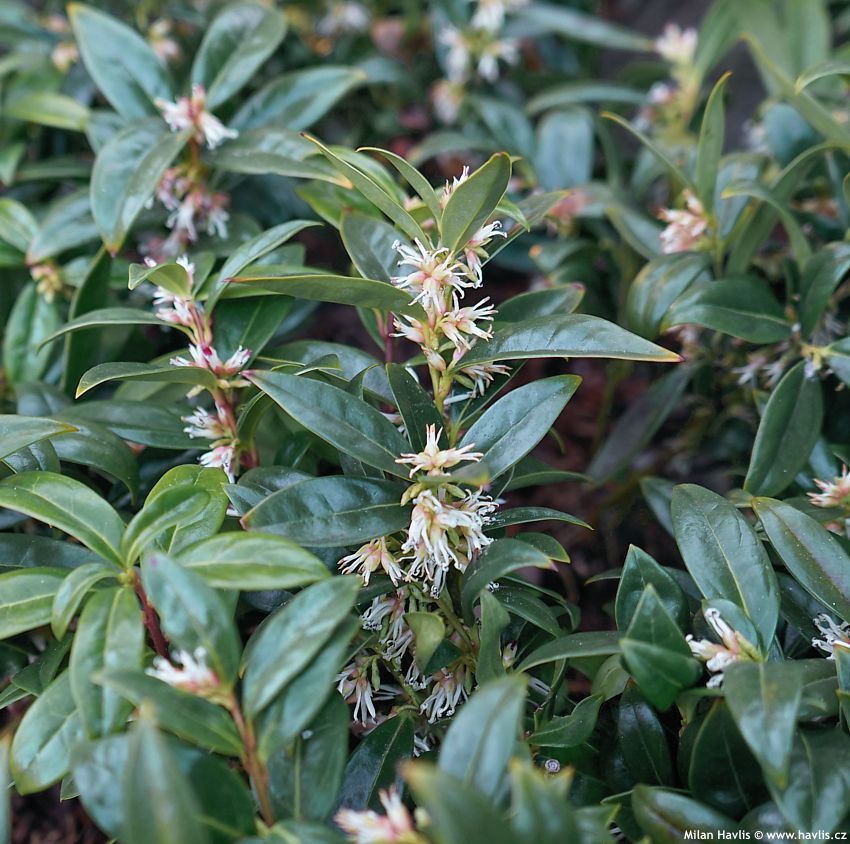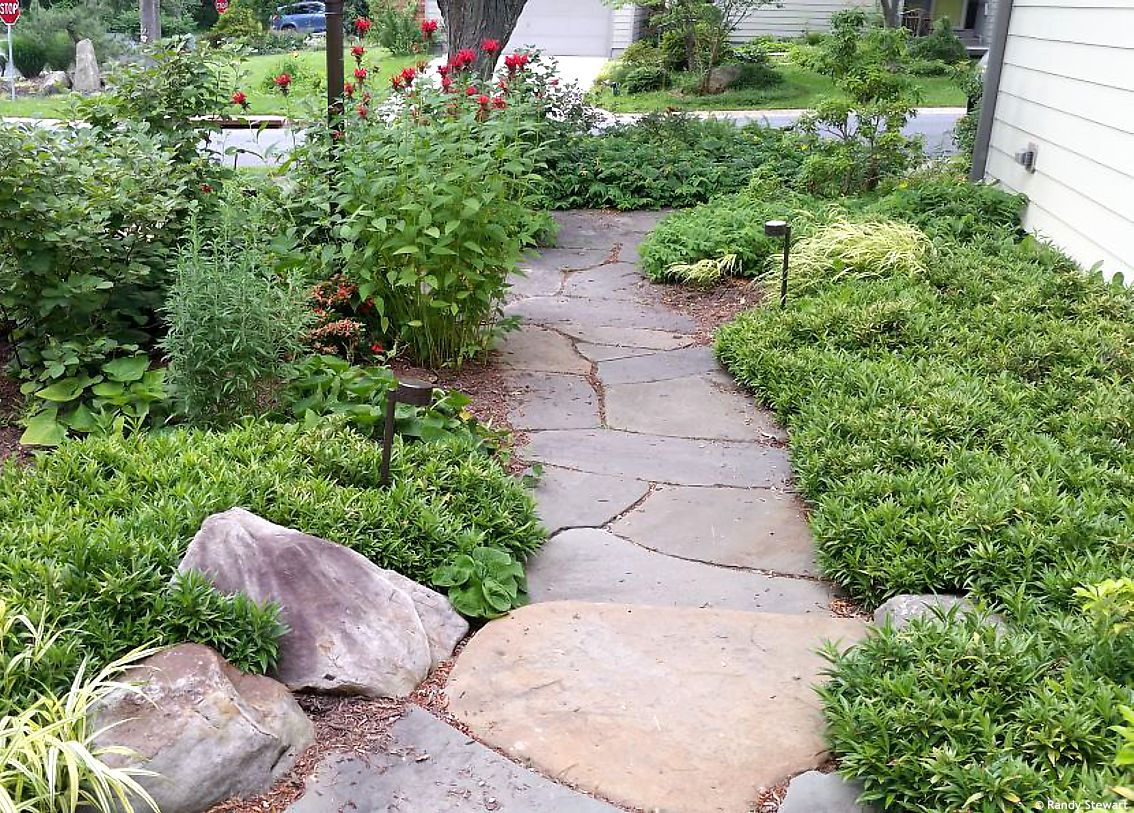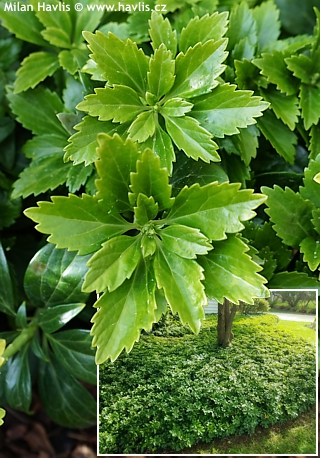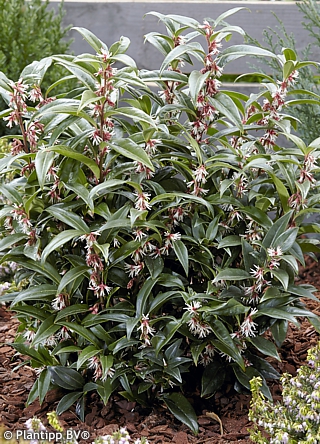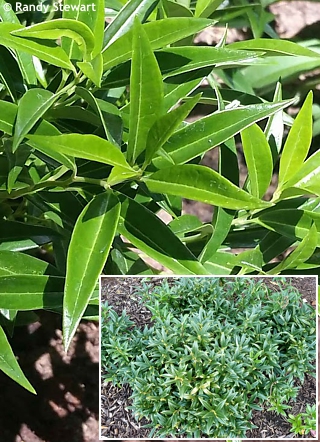Sarcococca hookeriana var. humilis Himalayan sweet box
Sarcococca
Sweet box is an Asian taxon of low to mid-sized, evergreen shrubs native to a large area from Afghanistan to the Himalayas and N.E. China. It is from the same family as box plant and even though they were supposed to be tender for C.E. climate, the fact than some species are present at the foot of the Himalayas encourages the breeders from colder areas to spend more time on their hybridizing.
Humilis is possibly the lowest growing, natural variety of Himalayan sweet box. It forms dense clumps or ground-covering colonies with handsome evergreen foliage. Its leaves are deep green, leathery, 6-8 cm long, lance-shaped, and very glossy. From the second half of winter, as soon as temperatures rise above zero for several days in a row, a profusion of small, fringed, white flowers begin to open. They are sweetly fragrant but less conspicuous under the almost impenetrable cover of leaves. They withstand a few degrees below zero at night and female flowers produce small, fleshy, neither edible nor poisonous, dark maroon fruits which turn almost black when fully ripe.
Himalayan sweet box is a low to ground-covering shrub growing to only around 40 cm at a slow growth rate, which makes it a perfect evergreen understory under trees and tall shrubs with canopies filtering most of the sunlight. Once established it takes long periods of drought which makes it ideal in shady corners where most other evergreen fail to thrive.
Sweet box usually does not need pruning to look good but may be gently sheared immediately after flowering. It spreads by long suckers to form dense colonies unless the ground is covered with mulching sheets. If you want to grow it in full sun (not recommended) provide regular watering and get ready for some burnt tops after harsh winters.
Sweet box is commonly used in semi-shaded or shaded locations where it is protected from strong winter sunlight and cutting winds. It will grow in almost any well-drained soil but performs best in acidic to neutral, humus-rich, evenly moist soil. It thrives on neglect and once established it requires no care. Mulching helps retain moisture and reduces temperature swings in winter. Humilis sweet box is perhaps the hardies species of all surviving frost down to about -29°C (USDA zone 5).
Last update 06-03-2023

































